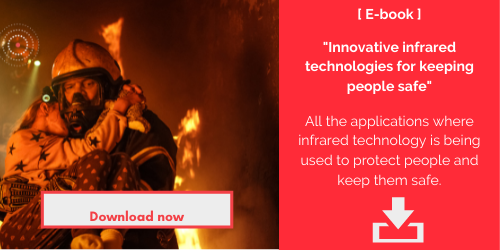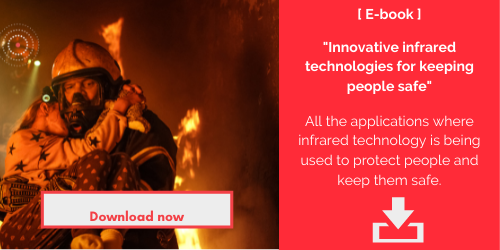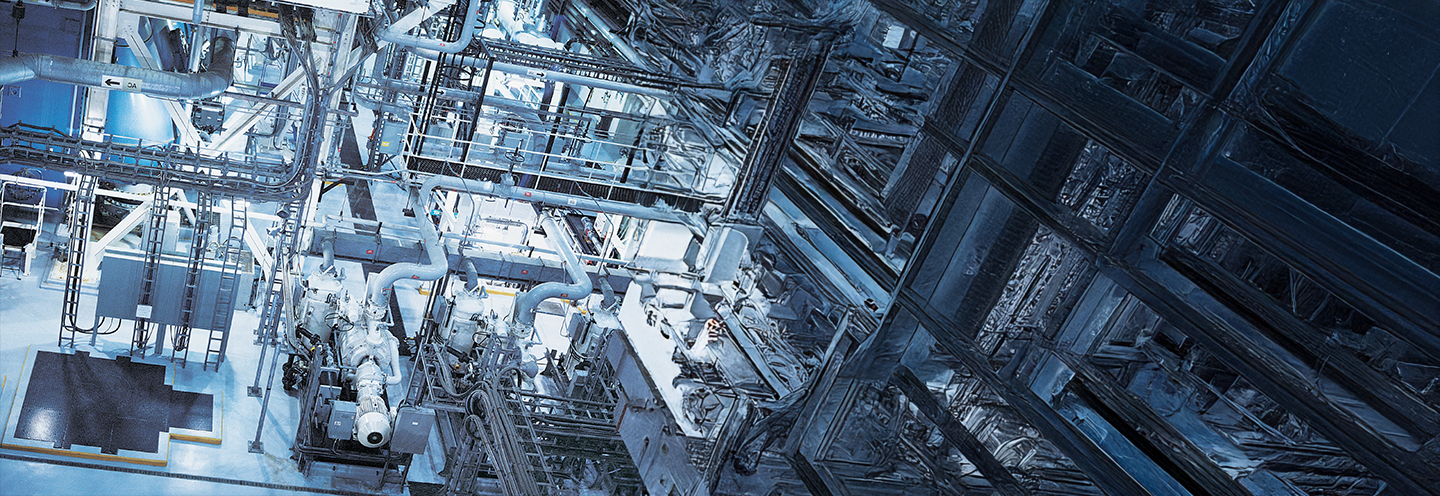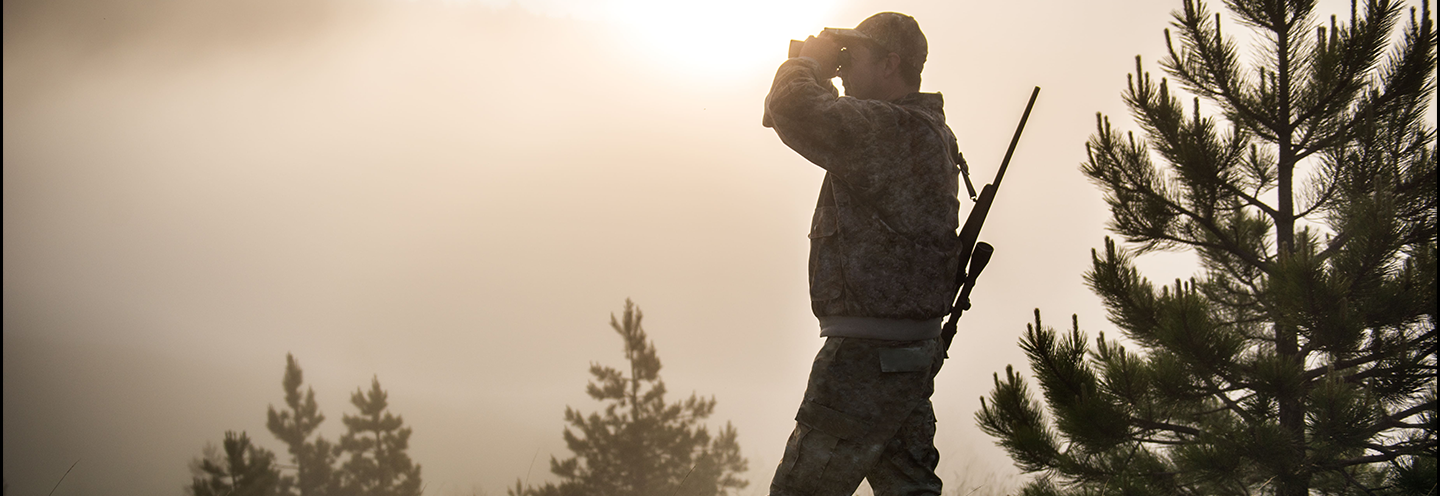Drones and robots now play a major role in military operations. Equipped with various sensors, some of which feature infrared technology, these tools help frontline soldiers better observe and assess situations in a range of different environments, facilitating interventions and providing greater protection for troops.
Having access to accurate information in a short space of time helps troops advance and saves lives: military personnel need to know the enemy’s position, whether the intervention zone is safe, and be able to accurately assess immediate threats, day or night, in clear conditions or through smoke and fog, so they can respond in the best and fastest way possible.
So, how does infrared technology help ground troops during military campaigns and how does it help keep them safe? Read on to find out more about the latest innovations in the field.
Surveillance and reconnaissance robots and drones
Surveillance robots are sent into the field first to inspect the area and detect any potential dangers or threats before ground troops intervene.
These reconnaissance robots are in contact with the base and send back images in real time with a 360° infrared view.
This equipment, whether used on the ground (UGV which stands for unmanned ground vehicle) or in the air (UAV which stands for unmanned aerial vehicle, often classified under the generic term ‘drone’) is designed to secure the area before troops advance. This helps save soldiers’ lives during dangerous surveillance and reconnaissance operations.
These robots are frequently used in urban areas, tunnels, and areas that are hard to reach.
Surveillance robots can also be used to protect military bases or strategic sites. These autonomous devices can patrol an area of around 50 km, at a speed of up to 18 km/h, and are equipped with infrared sensors that can detect any kind of presence or intrusion, even at night. They also use artificial intelligence to pass on vital information and learn as they go, becoming more and more effective over time.
Some of these autonomous land-based observation devices are tactical robots equipped with cannons. They never operate entirely autonomously though: the decision about whether or not to fire is almost always made by a human.
The inclusion of an infrared optronic system improves their day and night vision, limits risks, and helps them choose a response that is appropriate for the type of threat. These armed robots are usually employed in urban settings to limit risks for soldiers.
To find out more about using infrared innovations to help keep both civilians and the military safe, please download our free e-book by clicking on the button below.

Abandoned sensors
These sensors are launched or dropped in the mission zone to inspect the area and pass on visual data before troops intervene. They can perform a 360° sweep of whatever surface they have landed on. They have a suitably robust casing that can withstand the fall from a helicopter. When versions with infrared sensors are used in this way, this innovative approach protects soldiers by making the areas in which they intervene as safe as possible. The sensors have a limited lifespan and are abandoned wherever they have been left.
Load-carrying robots
Also known as robotic mules, these robots help ground troops by carrying any heavy loads that need transporting. In the west, a full infantry kit can easily weigh up to 40 kg. These robots therefore keep soldiers healthier and more comfortable while also indirectly keeping them safe by making it easier for them to defend themselves in the event of an attack.
When equipped with infrared sensors, they can also be used to evacuate injured soldiers. They use body heat to detect any kind of human presence, even someone who is motionless and unconscious.
Using innovative technology to improve conditions for ground troops makes a huge difference to their survival rates and levels of performance. Operating in a secure environment makes a soldier’s work easier and contributes to a successful outcome by giving them greater autonomy, improved intelligence and intervention capabilities, and help with tactical decisions.
Increased connectivity with applications available in the field is also a key aspect of this innovation. The armed forces have access to autonomous devices that can communicate with each other and convey information in real time to assist soldiers, improve their response times, and offer greater protection. This automation of the battle field is a key issue for the future, both in terms of equipment efficacy and protecting soldiers.
To find out more about using infrared innovations to help keep both civilians and the military safe, please download our free e-book by clicking on the button below.












